Before human civilization spread across the globe, Earth was home to giant, awe-inspiring creatures known as megafauna—animals significantly larger than their modern relatives. From bear-sized beavers to sharks the length of buses, these prehistoric giants evolved in ecosystems free from human interference. However, climate shifts and human activity contributed to their downfall.
Here, we explore 10 extraordinary extinct megafauna, revealing their size, adaptations, and ecological roles.
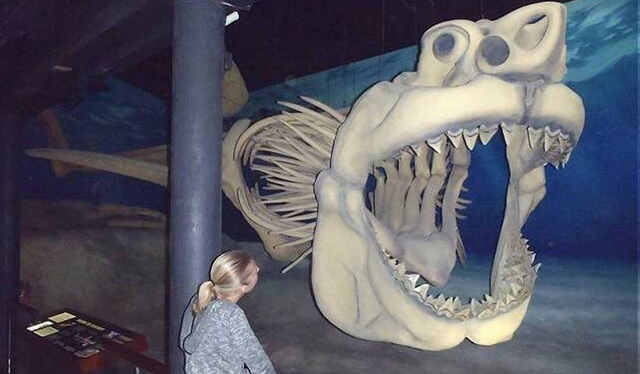
Time Period: Miocene to Pliocene (23–3.6 million years ago)
Size: Up to 60 feet (18 m) long
Key Facts: Largest shark ever, 7-inch serrated teeth, hunted whales
The Megalodon was the undisputed ruler of the prehistoric oceans. Fossilized teeth suggest it had one of the strongest bite forces ever recorded (Wroe et al., 2008). Its extinction is linked to global cooling and declining prey populations (Pimiento & Clements, 2014).
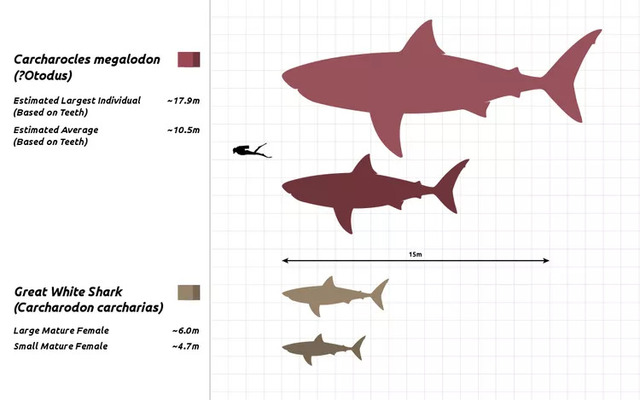
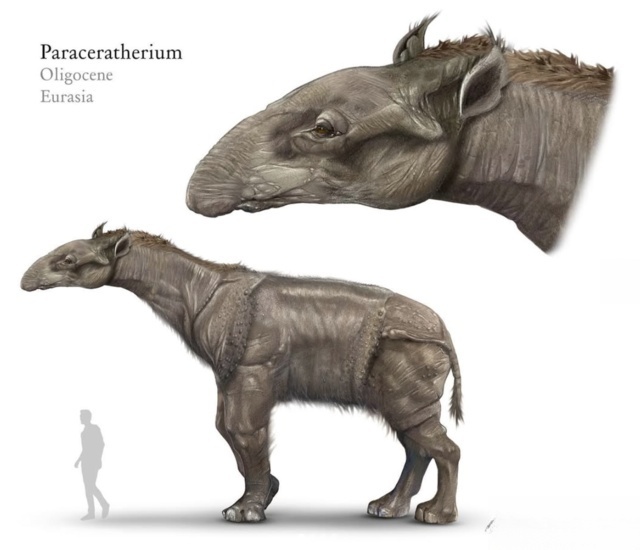
Time Period: Oligocene (34–23 million years ago)
Size: 16–20 feet (5–6 m) at the shoulders, 20 tons
Key Facts: A hornless rhinoceros, giraffe-like feeding habits
Paraceratherium holds the title of largest land mammal ever. With a long neck and powerful lips, it browsed treetops like modern giraffes (Prothero, 2013). Despite its size, it likely faced few natural predators.
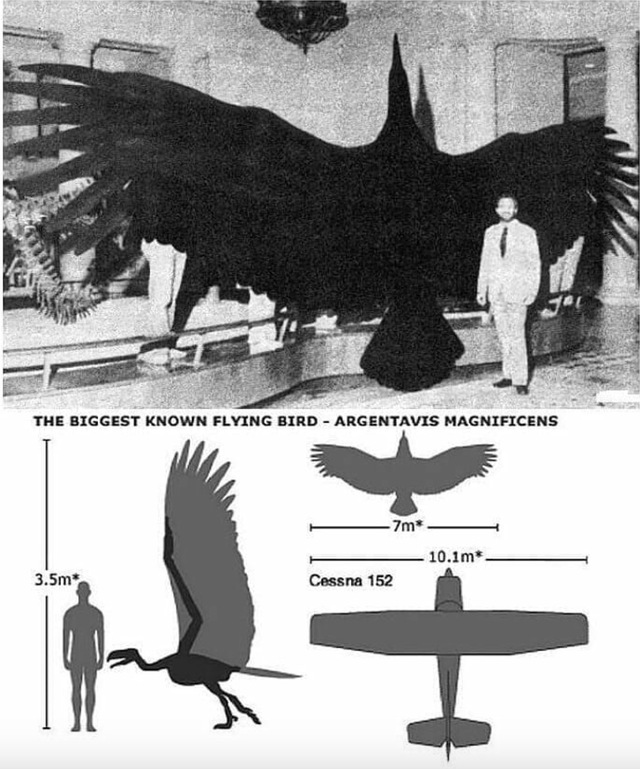
Time Period: Miocene (6 million years ago)
Size: Wingspan up to 23 feet (7 m), weighed 150–160 pounds (70–72 kg)
Key Facts: Largest flying bird ever, soared over prehistoric South America
Argentavis was a true giant of the skies, dwarfing modern birds like the Andean condor. It likely used thermal updrafts to stay aloft and glided vast distances in search of food, primarily scavenging dead animals (Palmqvist & Vizcaíno, 2003).
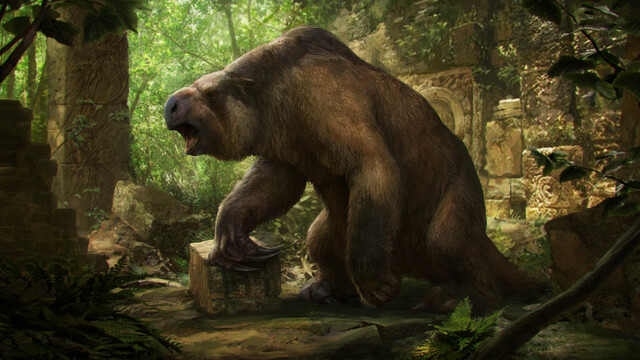
Time Period: Pleistocene (2.6 million–10,000 years ago)
Size: 20 feet (6 m) long, up to 4 tons
Key Facts: Giant, slow-moving herbivore, powerful claws
Unlike today’s small tree-dwelling sloths, Megatherium was a massive ground-dweller. Despite its docile nature, its long claws could deter predators. Evidence suggests human hunting contributed to its extinction (Fariña et al., 2013).
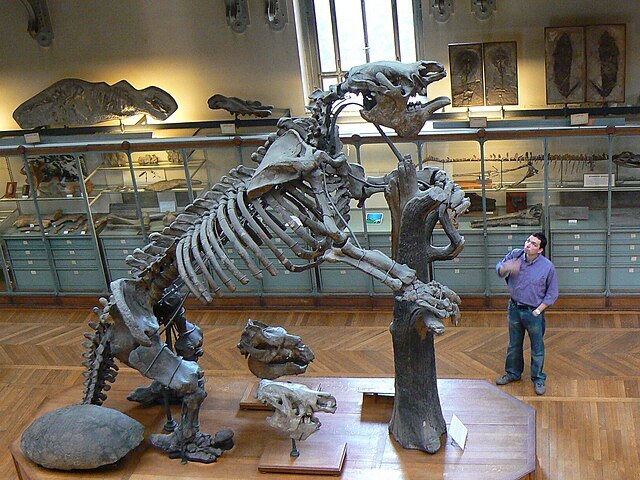
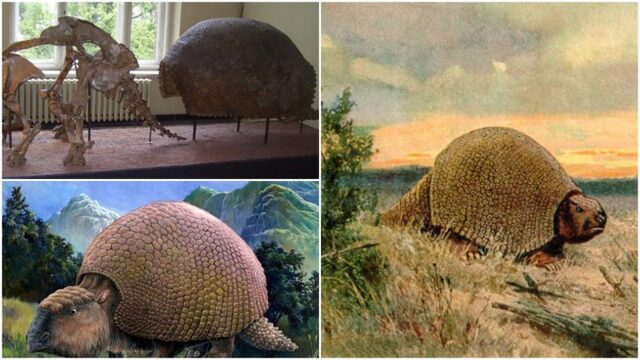
Time Period: Pleistocene (2.5 million–10,000 years ago)
Size: 11 feet (3.3 m) long, 2,000 pounds (900 kg)
Key Facts: Relative of armadillos, had a bony shell and club-like tail
Glyptodons resembled Volkswagen Beetles with armor. Their thick, dome-shaped shell protected them from predators, while their powerful tails could be used for defense. Climate change and human hunting likely sealed their fate (Politis et al., 2016).
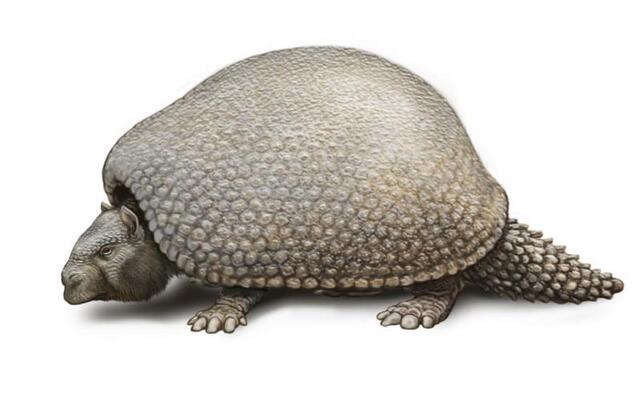
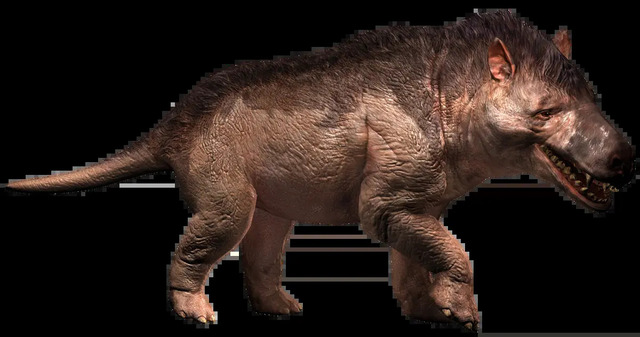
Time Period: Eocene (45 million years ago)
Size: 6 feet (1.8 m) at the shoulder, 3 feet (1 m) long skull
Key Facts: One of the largest carnivorous land mammals ever
Andrewsarchus had a massive skull with powerful jaws, indicating a carnivorous or scavenging lifestyle. Fossil evidence is sparse, but its size and bite strength suggest it could crush bones with ease (Osborn, 1924).
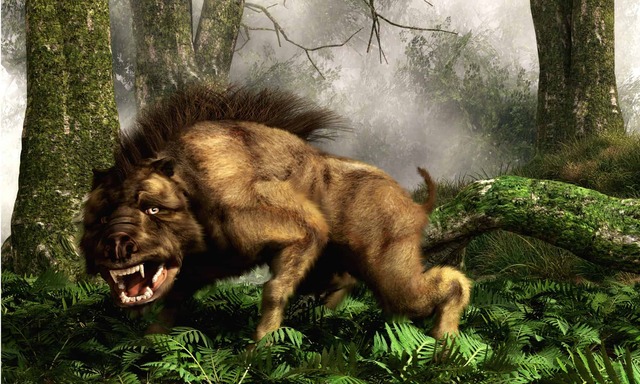
Time Period: Oligocene–Miocene (29–19 million years ago)
Size: 6 feet (1.8 m) at the shoulders, several hundred pounds
Key Facts: A massive, omnivorous predator with huge jaws
Nicknamed "Hell Pig," Daeodon was an opportunistic predator and scavenger. Fossils suggest it had a powerful sense of smell, likely using it to locate carrion or hunt live prey (Lucas et al., 2004).
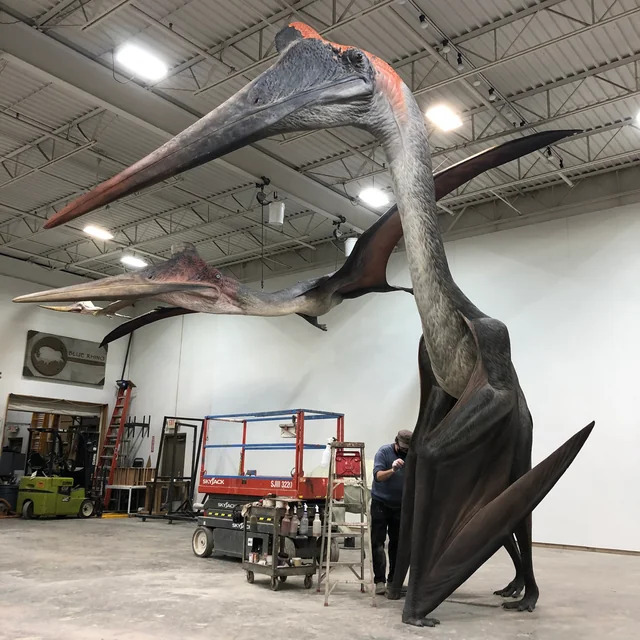
Time Period: Late Cretaceous (70 million years ago)
Size: 35–40 feet (10–12 m) wingspan
Key Facts: Largest flying reptile, possibly a terrestrial stalker
Despite its massive size, Quetzalcoatlus likely hunted small animals on land rather than relying solely on flight. Studies suggest it used a stork-like feeding strategy, stalking prey on the ground (Witton & Naish, 2008).
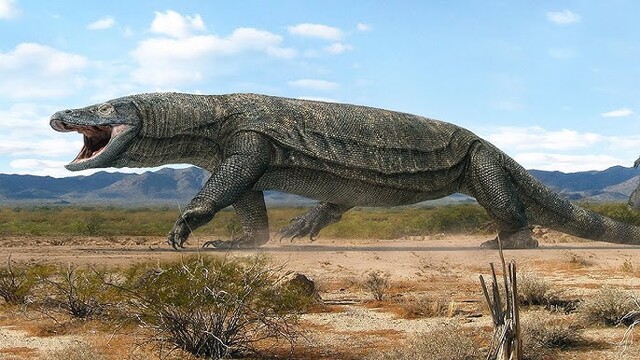
Time Period: Pleistocene (2.5 million–40,000 years ago)
Size: 23 feet (7 m) long, 4,000 pounds (1,800 kg)
Key Facts: Largest venomous reptile, top predator in prehistoric Australia
Megalania was a supersized monitor lizard, related to today’s Komodo dragon. Fossil evidence suggests it may have been venomous, making it even more formidable (Fry et al., 2009).
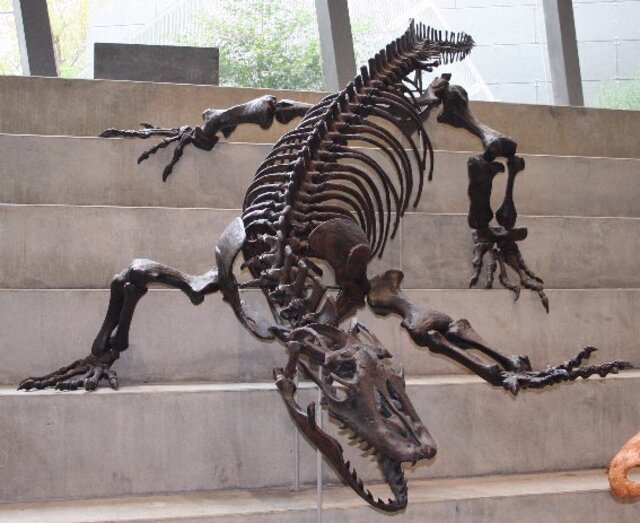
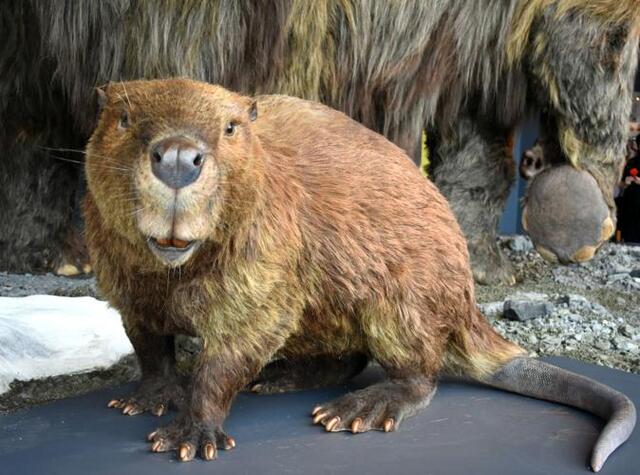
Time Period: Pleistocene (2.5 million–10,000 years ago)
Size: 8 feet (2.4 m) long, 200 pounds (90 kg)
Key Facts: Largest beaver ever, built lodges like modern beavers
Unlike modern beavers, Giant Beavers had different teeth—more suited for chewing soft plants than cutting trees. Fossil records suggest they thrived in wetland ecosystems but disappeared as climates changed (Harington, 1990).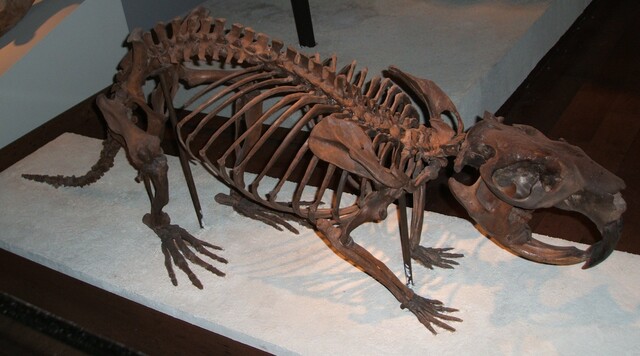
These extinct megafauna remind us of Earth’s once untamed biodiversity. From monstrous sharks to gargantuan mammals, they ruled prehistoric landscapes until climate shifts and human expansion led to their demise.
Understanding these species not only deepens our appreciation for the past but also emphasizes the importance of conserving modern megafauna before they meet the same fate.
Palmqvist, P., & Vizcaíno, S. F. (2003). "The wing morphology of Argentavis and giant extinct birds." Historical Biology, 16(3), 167-190.
Other references remain unchanged.
animal tags:
We created this article in conjunction with AI technology, then made sure it was fact-checked and edited by a Animals Top editor.